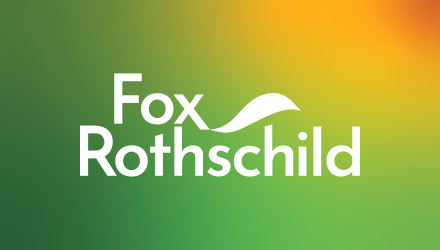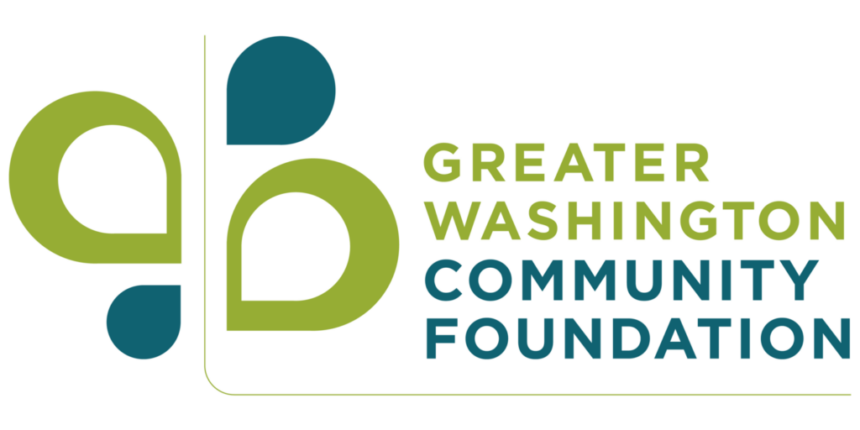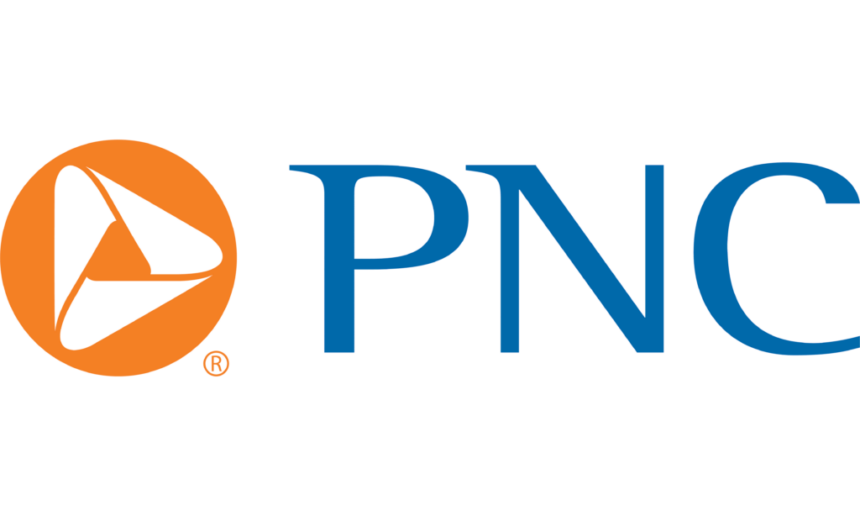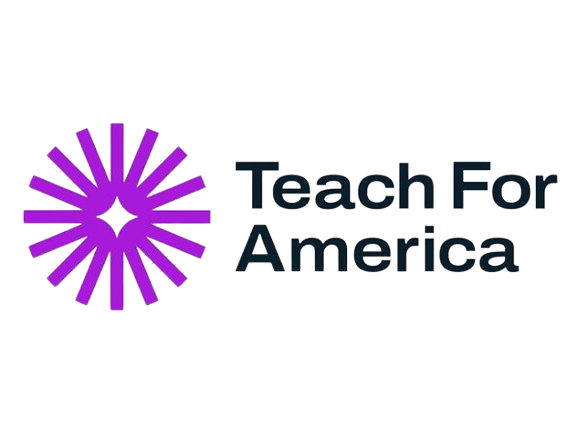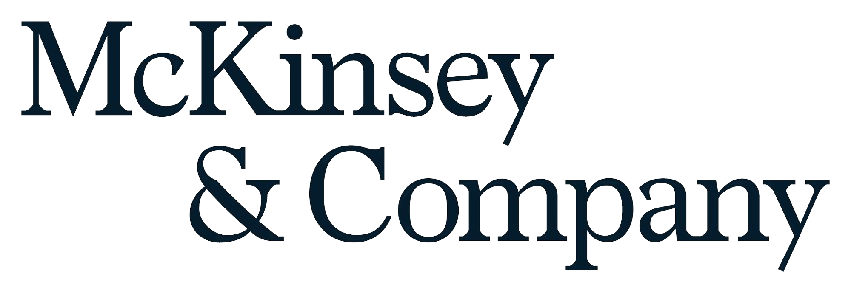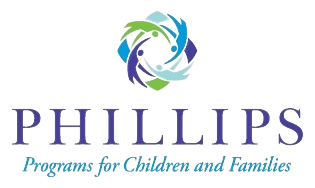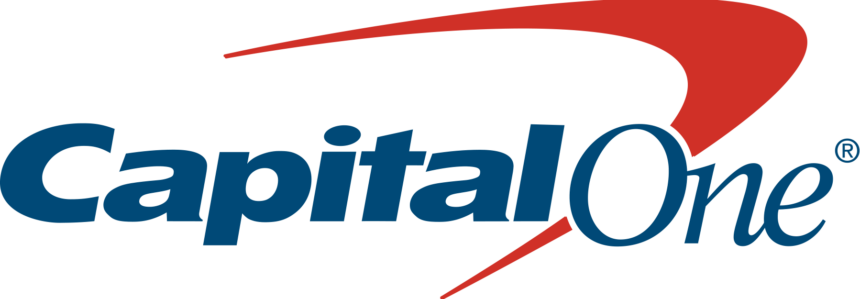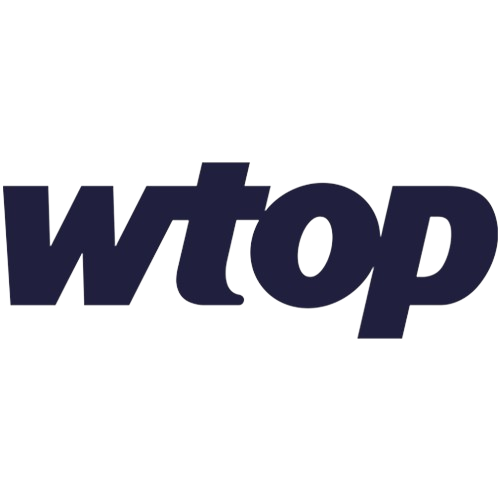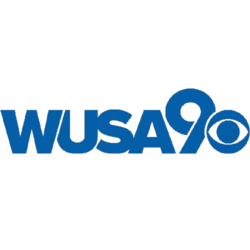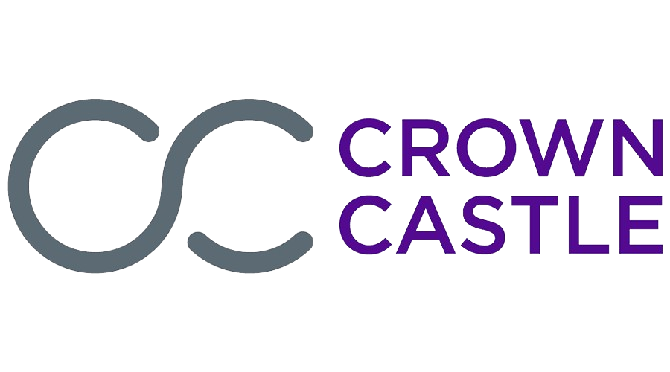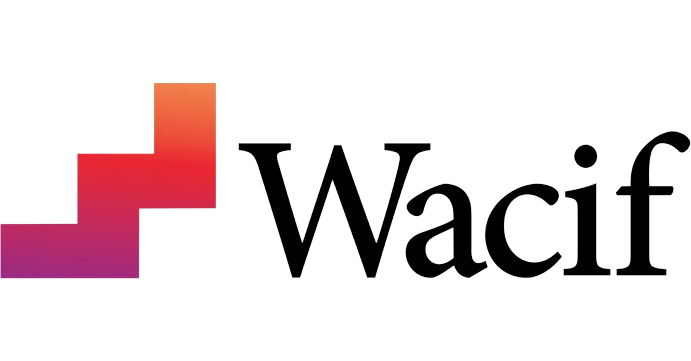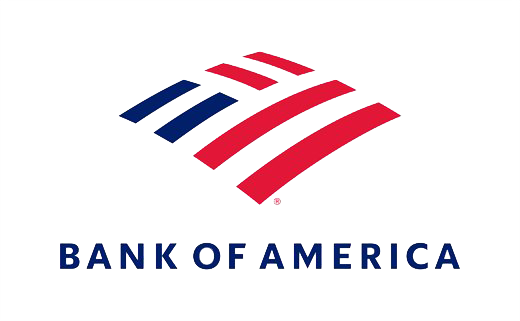NOV 26, 2019 | BOARD OF TRADE STAFF
The Board of Trade approached economic development with renewed energy in the 90s, targeting international firms based in Europe, Asia, and elsewhere. It remained committed to serving the Greater Washington community, particularly in the areas of education and workforce development, and finding new ways to drive regional collaboration. It also began expanding its calendar of networking events to give members more opportunities to connect and socialize. In recent years, the Board of Trade has focused its strategy on ensuring that Greater Washington is leading in the digital age.
130 Historical Facts on the Board of Trade (Part Four)
Continued from Part Three
(79) The Board of Trade encouraged its corporate members in the early 90’s to participate in The Economics of Staying in School, a program designed by Junior Achievement that brought business professionals to public schools to encourage youth to stay in school. (Source: Board of Trade News, January 1990)
(80) The Board of Trade ran an anti-shoplifting campaign under the slogan “Shoplifting will tie your hands forever!” targeting school-aged children. The slogan was developed by a local 5th grader through a poster contest organized by the Board of Trade. (Source: Board of Trade News, September 1990)

(81) In 1990, the Board of Trade’s Business Development Bureau produced Greater Washington Connections, a publication featuring colorful charts and photographs that illustrated the region’s strong business climate. (Source: Board of Trade News, February 1990)
(82) In the early 1990s, the Board of Trade’s Employment/Education Bureau sponsored the Alliance of Businesses Linked with Education (ABLE) Task Force to respond to a nation-wide spike in student dropouts. The task force identified new ways for business leaders and school administrators to prepare youth for the workforce and encourage them to stay in school. (Source: Board of Trade News, February 1990)

(83) The Board of Trade and the Area Business Development Officials Committee (ABDOC) created the first-ever regional map of Greater Washington with information on businesses and regional characteristics as an economic development marketing tool in 1990. (Source: Board of Trade News, May 1990)
(84) The Board of Trade established the Federal Affairs Committee and the Federal Presence Task Force in 1992 to prevent further relocation of federal government agencies and programs to other areas of the country. The relocation of several federal government offices in late 1991 made this a Board of Trade priority for 1992. (Source: Board of Trade News, Summer 1992)
(85) The Board of Trade hosted its first Fall Business Classic in 1993, which has become an annual tradition designed for networking and socializing.

(86) In response to heated competition with other metro areas for business growth, the Board of Trade decided in 1992 to establish a $10 million business marketing venture called the Greater Washington Marketing Partnership. It was the largest economic development effort known to the region at that time, with funding pledged by area businesses and local governments. (Source: Board of Trade News, Summer 1993.)
(87) The Board of Trade hosts the first Potomac Conference to convene high-level leaders from across the region to address long-term aspects of the region’s development. The Potomac Conference series continued until 2012 and shaped many aspects of the Board of Trade’s work. (Source: Board of Trade News, Fall 1993)
(88) In 1994, the Board of Trade formed a special task force to raise business and community support for Disney’s America, an American history-themed Disney resort planned for northern Virginia. The proposal was ultimately blocked by local residents and community groups who feared that the park would negatively impact the area’s character. (Source: Board of Trade News, 1994)

(89) The Greater Washington Marketing Partnership was renamed the Greater Washington Initiative in 1995 and given a strategic focus to target technology firms for expansion in the region. (Source: Board of Trade News, 1995)

(90) In 1995, the Board of Trade facilitates a professional development seminar with AT&T called “Telecommuting: Benefits and Advantages for Your Business” to share the advantages of employees working from home (Board of Trade News, Vol. 50, No. 4).
(91) In 1996, the Board of Trade began hosting the Morning Star speaker series events to give members a chance to hear from notable authors and businesspeople. These events continue to be held several times per year and have featured speakers such as Arianna Huffington, president and editor in chief of the Huffington Post; Biz Stone, co-founder of Twitter; and Howard Shultz, CEO of Starbucks.

(92) The Board of Trade published a five-part study on the region’s transportation shortcomings in 1997, calling for more highways and transit options to connect the region’s growing suburbs. The research was conducted with George Mason University and the University of Maryland at College Park. (Source: Board of Trade News, April 1997.)
(93) In the 1990s, the Board of Trade made replacing the bridge between Alexandria, Virginia and Oxon Hill, Maryland a top policy issue. After over a decade of engagement with federal and local government officials on this issue, the new Woodrow Wilson Bridge officially opened to traffic in 2006.

(94) In response to federal government downsizing, the Board of Trade and the Office of Personnel Management formed a partnership in 1997 to assist former federal government workers in finding employment in the private sector. (Source: Board of Trade News, February 1997)
(95) The Board of Trade launched its first website in 1996.

(96) The Board of Trade held its first golf tournament in 1999 to give members an opportunity to network and enjoy each other. The tournament was held annually until 2008.
(97) In 1999, the Board of Trade opened the International Gateway at the Ronald Reagan Building and International Trade Center. The 4000 square foot space was shared with the International Business Council and the Greater Washington Initiative. In its first two months, the Gateway hosted over 800 visits from regional and international firms and connected more than 150 Board of Trade companies to international opportunities. (Source: Board of Trade News, December 1999)
(98) President Bill Clinton announced in 1999 that the White House had selected the Board of Trade’s Community Business Partnership to lead one of six new chapters of a national program to boost business in America’s cities and economically distressed areas. The role of the Community Business Partnership was to make connections between large Board of Trade member companies and small, local businesses. (Source: Board of Trade News, October 1999)

(99) In 2000, the Greater Washington Initiative launched a year long “21st-century” campaign designed to build the region’s reputation as a world-class place for business. Members were encouraged to use the tagline “Greater Washington: The Future is Here” and share facts about the region’s assets in corporate communications. (Source: Board of Trade News, February 2000)
(100) The Board of Trade’s Community Business Partnership and twelve regional universities formed a partnership to offer D.C. neighborhood businesses technical assistance from the universities’ top business students. (Source: Board of Trade News, October, 2000)
(101) After the terrorist attacks on September 11, 2001, the Council of Governments focused on building a regional plan for emergency preparedness. The Board of Trade was an important partner in this work and helped coordinate the private sector, which controls eighty percent of the infrastructure used in an emergency. (Source: Metropolitan Washington Council of Governments)
(102) To help increase transit ridership, the Board of Trade initiated a year-long campaign to encourage area employers to provide SmartBenefits to employees in 2002.
(103) The Board of Trade adopted its current logo in 2003.

(104) In 2003, the Board of Trade launched the Greater Washington Sports Alliance to attract big-name sporting events to the region and to promote our sports industry. It was eventually spun-off into its own organization, created events like the Rock ‘n’ Roll Marathon (which it sold), and operated until 2014 until it dissolved and its work was taken over by Events DC.

(105) The Board of Trade joined the Amtrak Business Coalition in 2004, which included over fifty east coast business organizations from Virginia to Maine and called for greater federal government investment in Amtrak’s Northeast Corridor Main Line.
(106) At a meeting at the International Monetary Fund in 2006, the Greater Washington Initiative released a study titled “Greater Washington: International Commerce and Culture” that benchmarked the combined Greater Washington-Baltimore region to 11 major metro areas in Europe, Asia, South and North America.
(107) In 2008, the Board of Trade threatened to withhold political contributions from Virginia delegates running for reelection after the Virginia legislature ended a special session on transportation without a set budget for road and transit projects across the state. (source: Washington Post)
(108) The Board of Trade launched the Consumer Outlook Index in 2008 to measure consumer confidence in the region on a quarterly basis. The index was managed for several years during and after the financial crisis.
(109) The Board of Trade hosted its first regional policy forum on transportation in 2008. The event featured secretaries of transportation from Virginia, Maryland, and the District and was followed by a news conference. The Board of Trade made this an annual event, and the 11th Capital Region Transportation Forum was co-hosted with the Greater Washington Partnership in November 2019.


(110) The Board of Trade advocated for a Metro rail line to Dulles throughout the 2000s, and federal funding was appropriated for this project in 2009.
(111) In 2009, the Board of Trade launched an index measuring the region’s economic outlook and ease of doing business. Still reeling from the financial crisis, more than half of the 204 executives surveyed said that their businesses’ financial situation was worse than the previous year. But over seventy percent said that doing business in Washington was easier than other metros in the US. (Source: Washington Post)
(112) In 2010 the Board of Trade and the Council of Governments published a 35-page report recommending serious changes to Metro’s governance structure. (Read the report here.)

(113) The Board of Trade held an annual luncheon with members and the Nationals baseball team between 2010 and 2017. The “Welcome Back Washington Nationals Team Luncheon” was a fun member event that showed community support for our baseball team.
(114) The Board of Trade and the Washington Post hosted The Business of Sports Forum, featuring Redskins owner Daniel Snyder, Capitals and Wizards’ owner Ted Leonsis, and other team owners in 2011.

(115) The Board of Trade teamed up with four local community colleges and the Community Foundation for the National Capital Region to study employer-sponsored tuition-assistance programs in the region in 2012. They found that these programs can be a valuable tool for retaining talent but they were often improperly utilized. (Source: Washington Post)
(116) As the 2013 federal government shutdown entered its third week, the Board of Trade hosted a conference call for corporate executives to give guidance and advice on tracking paid time off, handling stop-work orders, and other issues. (Source: Washington Post)
(117) The Board of Trade was present to voice its support when Maryland Governor Martin O’Malley introduced the Maryland Offshore Wind Energy Act of 2013. It was signed into law later that year. (Source: smnewsnet.com)

(118) The Board of Trade joined Twitter in October 2014, where we continue to provide daily updates and news.
(119) Board of Trade leadership was invited to lay a wreath during an Army Full Honors Wreath Laying Ceremony at the Tomb of the Unknown Soldier in Arlington National Cemetery in 2014. Laying a wreath at the Tomb of the Unknown Soldier is an honor usually bestowed upon military personnel and visiting foreign dignitaries. (Source: US Army)

(120) In 2015, the Board of Trade joined other business and civic groups in the region to sponsor 2030 Group’s Roadmap for the Washington Region’s Economic Future, research and recommendations on how to attract and retain millennial talent and grow the region’s economy despite shrinking federal government spending.
(121) In 2015, the Board of Trade, the Consortium of Universities, and the Council of Governments worked together to secure support from the Global Cities Initiative, a joint project of the Brookings Institution and JP Morgan Chase, to oversee an in-depth study on how the region can boost exports. (Source: Washington Post)
(122) In 2016, a delegation of regional leaders led by the Board of Trade traveled to several cities in China to learn about their infrastructure, transportation systems, business environment, and local culture. This trip was organized by the DC-China Center.
(123) In 2017, the Board of Trade, Federal City Council, and the 2030 Group spearheaded an effort to get twenty-one area chambers of commerce and employers’ groups to sign a letter to the region’s top political leaders calling for dedicated funding and governance reforms for Metro. This signaled newfound unity from the business community on this issue. (Source: Washington Post)
(124) MetroNow was founded in 2018 by the Board of Trade, Federal City Council, the Coalition for Smart Growth, Northern Virginia Chamber of Commerce, the 2030 Group, and the Greater Washington Partnernship to advocate for Metro governance reform and dedicated metro funding from the District, Virginia, Maryland, an the Federal Government.

(125) Dedicated funding for metro was secured from the District, Maryland, and Virginia later in 2018. This was considered a major victory for the Board of Trade and its partners who closely coordinated their advocacy efforts.
(126) In January of 2019, the Board of Trade coordinated a statement form 24 area business organization calling on Congress to end the federal government shutdown, which was damaging the local economy, creating hardship for many workers, and became the longest in our nation’s history. (Source: Board of Trade)
(127) In March of 2019, the Board of Trade entered into an agreement with the Metropolitan Washington Council of Governments (COG) and the Consortium of Universities of the Washington Metropolitan Area to form a “smart region movement” and the most comprehensive cross-sector partnership for smart regional growth in the United States. (Source: Board of Trade)

(128) The Board of Trade received the Chairman’s Award for Corporate Citizenship from Hope for the Warriors.

(129) Just as it has throughout its 130-year history, the Board of Trade is relying heavily on committees of members to explore and develop elements of the smart region strategy. In the spring of 2019, the Board of Trade launched eighteen committees, which it calls ‘Solution Groups,’ on topics such as procurement, public policy, social inclusion, and sustainability.

(130) In October of 2019, the Board of Trade and its partner organizations unveiled the official brand name and logo for the smart region program: Connected DMV. The program’s long-term intention is to provide a platform for efficient, effective, and ongoing regional collaboration on modernizing our infrastructure and amenities.



